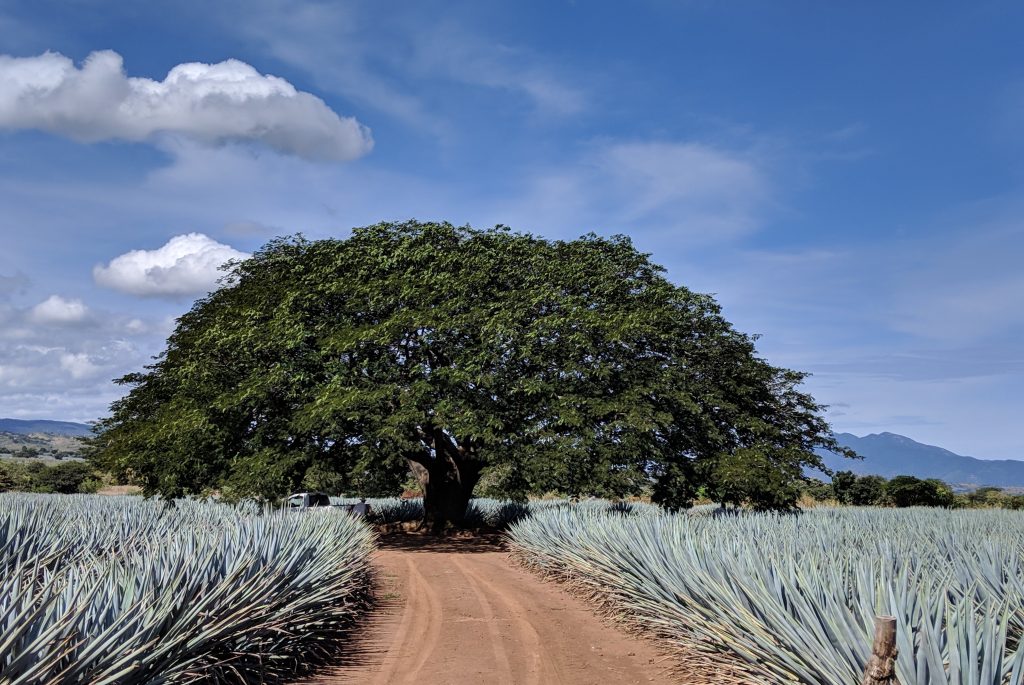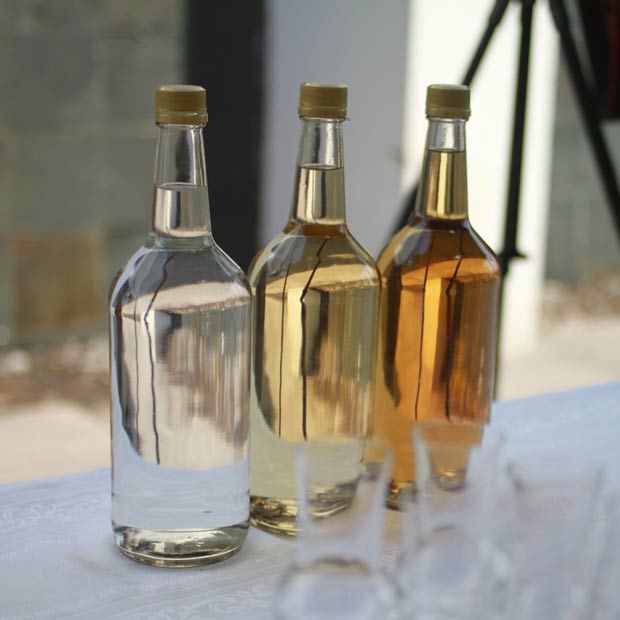Olmeca Altos Tequila
A friendly 100% blue agave spirit with a smooth punch of fresh citrus, made in Jalisco
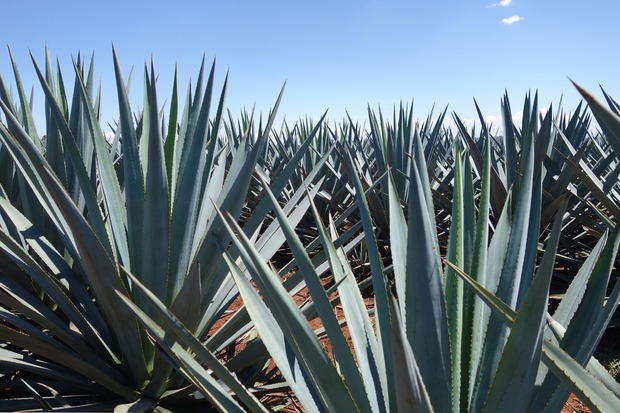
“The patience is in the fields,” explains Olmeca Tequila‘s master distiller Jesus Hernández on our recent trip to their Jalisco distillery, where we learned firsthand how they produce their Altos tequilas. While the entire process is a genuine labor of love, it all starts with a mature blue agave plant, which takes an average of seven years to cultivate. There’s no sense in harvesting the crop early either—only fully ripened agaves will contain the necessary amount of natural sugar in their fruit, which means producers would need to use more agave heads per liter of tequila or to add another type of sugar concentration to the mix. “It really is counterproductive to harvest early, but there’s a lot of temptation when the price is high. And for some companies it’s a matter of staying in or out of business so they’ll do it, but it just extends the shortage cycle.” Hernández tells us the industry isn’t currently in crisis mode, but consumption is high and agave is becoming scarce.

Omeca owns nearly 3,000 acres of blue agave fields around the Arandas highlands, which they began planting after the last major shortage in 2001 in an effort to become entirely self-sufficient. That particular area—about 80 miles east of Guadalajara—is an ideal growing region thanks to its iron-rich red clay soil and arid conditions. Tequila is like Champagne or Cognac in that there is a Controlled Origin of Appellation, or a special certified zone in which it can be produced. Additionally, to be classified as tequila, 51% of the sugar must come from the agave plant. Not only are Olmeca’s Altos tequilas 100% blue agave, but the Arandas climate is superior to other parts of the designated tequila region which are closer to the coast and more humid.
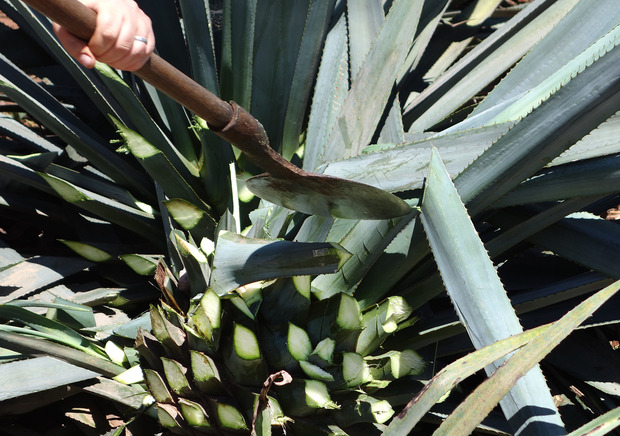
Once a field of blue agaves is reaching its peak, it’s monitored by a team of skilled jimadors (farmers who are considered craftsmen) who hand-select which plants are fully ripened and only those are harvested. The jimadors then use an extremely sharp, hoe-like tool called a coa to lift the plant out of the ground and cut off all its leaves—which is “a combination of strength and skill”—until a beautifully clean piña remains.
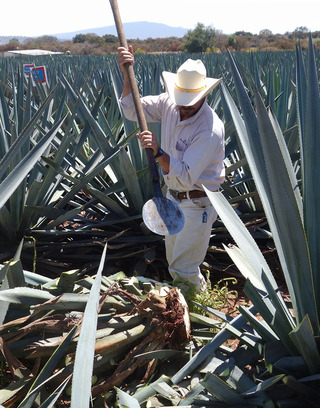
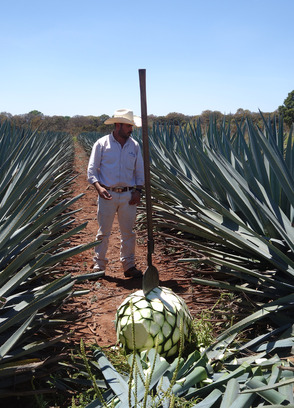
The piña typically weighs around 30 pounds, which they pick up and throw on the back of a truck. Hernández explains that, because each plant is different, this process can’t be replicated by a machine. But it’s back-breaking work under the hot Mexican sun, and usually a jimador harvests around 160 agave plants a day.
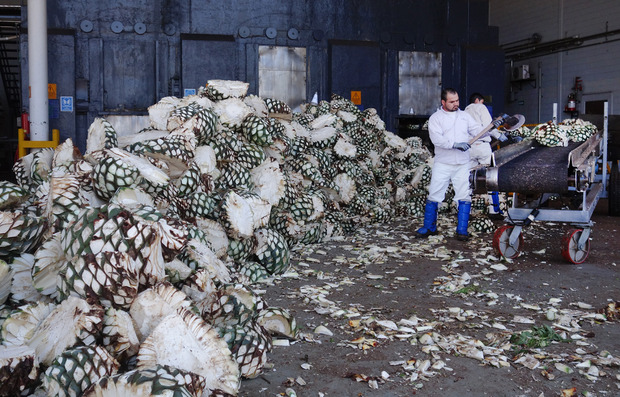
When the piñas reach the distillery they’re loaded into brick ovens, injected with steam and cooked slowly over the course of three days to make the agave extremely soft and malleable. Olmeca then uses a combination of two crushing methods: the traditional wheel-press tahona process and the roller mill process. Each system lends a different character which helps in achieving their ultimate flavor profile of a strong but “friendly” tequila; the tahona keeps the rich agave sweetness while the roller mill adds a citrus aroma.
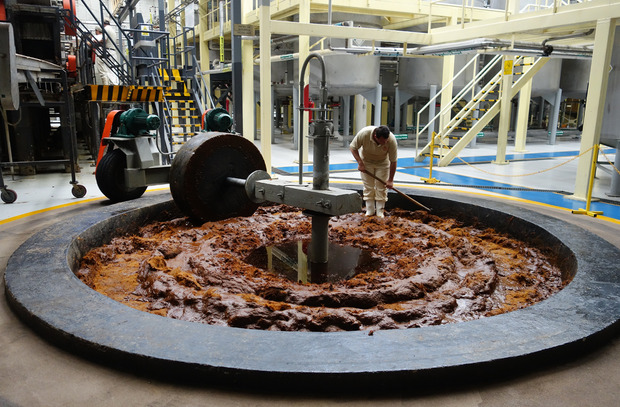
A factor that really makes Olmeca Altos unique though is the yeast used in the fermentation process. As the agent of change (from sugar into alcohol), yeast determines much of the aromas and flavors. Olmeca uses a substrate they isolated in the agave plant itself, which not only enhances the distinct flavor profile, but also keeps it consistent. Most companies buy bakers yeast, and every batch they receive has a different composition. By creating their own strain of yeast and slowly distilling the fermented agave juice twice in small copper pot stills, Hernández—a self-dubbed “enemy of variation”—can effectively ensure that every bottle will taste the same.
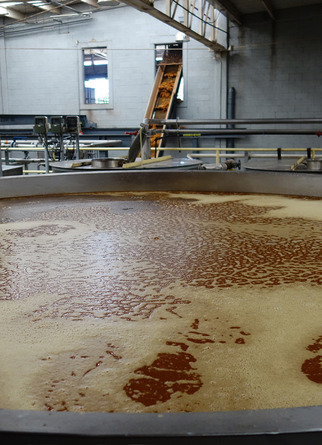
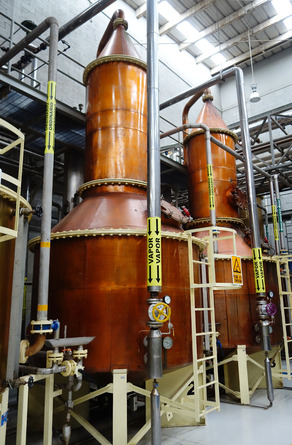
For Olmeca Altos Blanco, next is bottling, but for their Reposado, the tequila is aged for several months in white oak barrels. The finished product goes through a series of quality control checks and is finally bottled and labeled by hand at Olmeca’s award-winning, sustainably-minded distillery in the heart of Arandas.
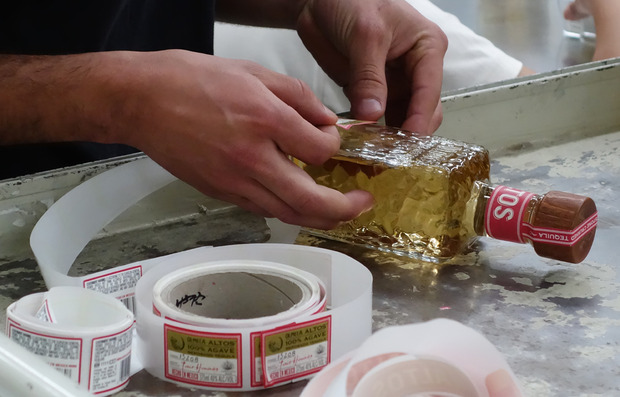
In an area where agave fields and hand-painted tequila advertisements are equally juxtaposed with the country roads, tequila isn’t just a drink; it’s a currency. There are 130 distilleries in the tequila region, each slightly different in their approach. With Olmeca Altos, Hernández aims to create a tequila that is premium enough to use in craft cocktails, but affordable enough to drink regularly—a request originally asked of him by two UK tequila legends, bartenders Henry Besant and Dre Masso. Through meticulous research and refinement they’ve created a distinct spirit that is as refreshing in flavor as it is smooth on the palate.
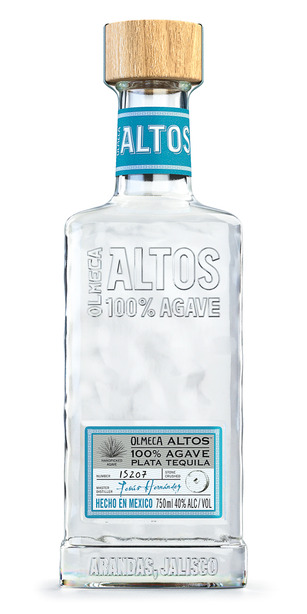
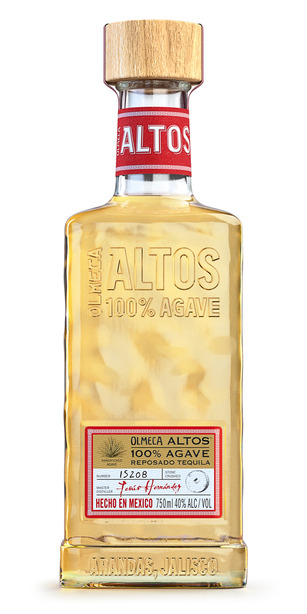
Olmeca Altos is available in select European countries and now sells stateside for $25 per 750ml bottle.
Images of Altos Blanco and Reposado courtesy of Pernod-Ricard, all other photos by Karen Day; see more in the slideshow.
















